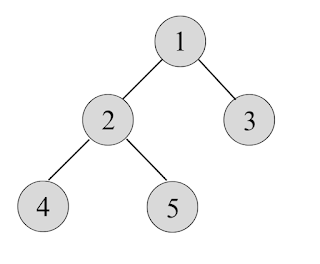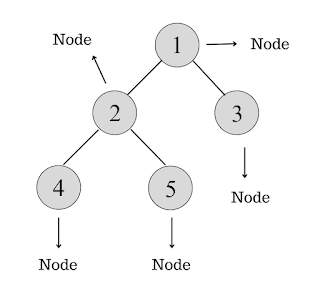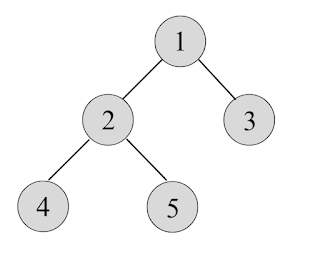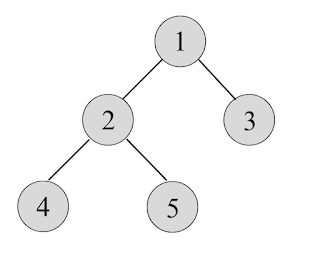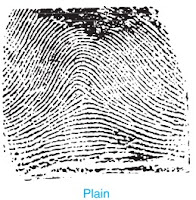Tree Data Structure and its Applications
What is Tree Data Structure?
A tree is a non-linear data structure as it stores data in a hierarchical manner that consists of nodes connected through edges.
It is the best alternative for the linear data structure like arrays, stacks, queues, etc as these linear data structures have high time and space complexity.
The data stored in nodes of the tree are easier to access thus reducing the time complexity.
Terms related to tree data structure
1. Node
2. Edge
3. Root
4. Parent and Child Node
The node which contains sub-nodes is called the parent node. Here 1 is the parent node for 2 and 3 and 2 is the parent node for 4 and 5.
The node which is a descendant of any node is called a child node. Here 2 and 3 are child nodes and 1 and 4 and 5 are child nodes of 2.
5. Internal node
6. Leaf node (external node)
7. Height of a node
8. Depth of a node
9. Height of a tree
10. Degree of node
Application of a Tree
1. Trees are used to quickly check whether a data element is present in the set or not.
2. Heap tree is used to perform heap sort of elements.
3. A modified version of a tree, called tries, is utilized in modern routers for storing routing information.
4. Compilers use a syntax tree to validate the syntax of every program.
